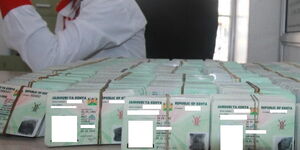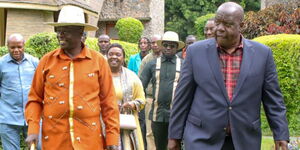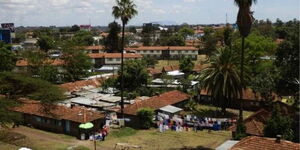Kenya Power recently disclosed the reasons behind the surge in power demand as electricity consumption reached a record high, with a peak demand of 2,316 megawatts (MW) recorded on Wednesday, February 12, 2025.
This statistic marked an increase of 12 MW from the previous peak of 2,304 MW recorded less than a month ago, on January 15, 2025.
According to the power company, the surge in electricity demand has been attributed to continued investments in stabilising the National Grid and the completion of key infrastructure projects.
For example, the completion of the Kimuka 220/66kV substation and the subsequent construction of four 66kV feeder lines to Nairobi and neighbouring counties have significantly boosted power supply, leading to increased demand.
Another significant contributor to increased demand is the rapid expansion of Kenya Power’s customer base. More than 198,535 customers have been connected to the national power grid in six months.
Data from Kenya Power’s National Control Centre shows that peak electricity demand has steadily risen over the past three years, with the growth rate accelerating significantly in 2024.
"Looking at the trend, it took nearly two years for peak demand to grow by 200 MW. However, since June last year, peak demand has increased by over 116 MW. This translates to an average monthly growth of 14.5 MW over the last eight months. The company's Managing Director & CEO, Dr. (Eng.) Joseph Siror observed.
Demand surpassed the 2,000 MW threshold in late 2021, climbed above 2,100 MW in 2022, and remained below 2,200 MW in 2023 before regaining momentum in mid-2024.
Thirdly, the company has been actively promoting the use of electric-powered gadgets, including electric vehicles (EVs), to boost electricity consumption. Last year, KPLC committed KSh 258 million towards setting up charging stations and purchasing e-vehicles and motorbikes for operational use. This initiative alone has led to a threefold increase in electricity demand.
In addition, the company has set up e-cooking hubs in Nairobi, Mombasa, Nakuru, and Kisumu to promote the use of electricity as opposed to traditional forms of energy for cooking.
The hubs primarily serve as demonstration centres, educating the public on modern electric cooking appliances and the advantages of using electricity for cooking. Schools and hotels are also being educated on the benefits of e-cooking as a modern solution.
With soaring demand, KPLC is keen on boosting spinning reserves to the standard 15% level to ensure stability, meet future demand, and eliminate the possibility of unprecedented blackouts.












